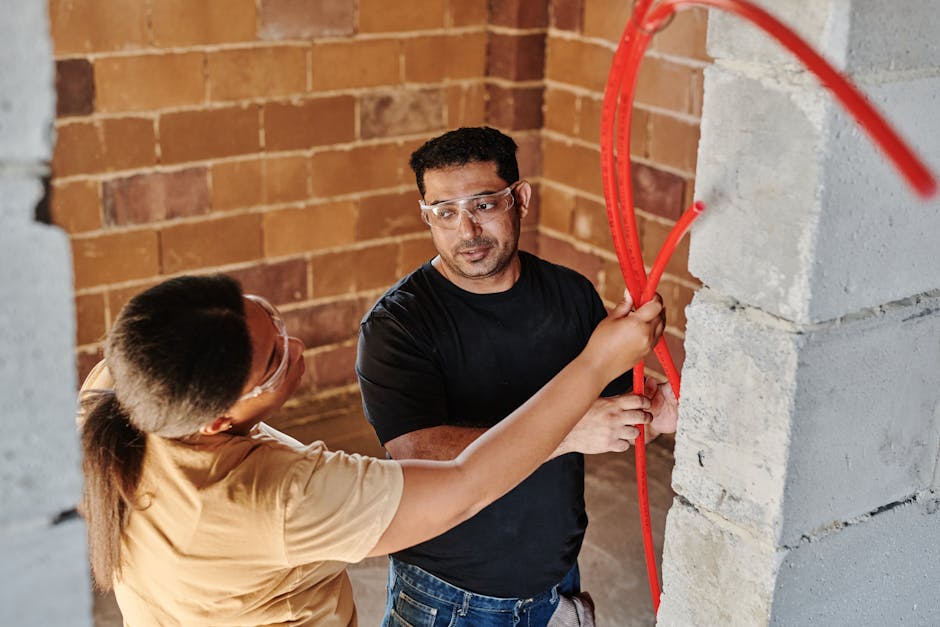Overview of Plumbing Safety Standards and Regulations
Overview of Plumbing Safety Standards and Regulations
Blog Article

Plumbing is an essential service that ensures the proper functioning of water systems in homes and businesses. Whether you’re a professional plumber or a homeowner managing plumbing issues, understanding plumbing safety standards is vital for ensuring a safe and efficient working environment. These standards not only protect individuals from potential hazards but also ensure compliance with regulations designed to maintain the integrity of plumbing systems. In this article, we will explore key plumbing safety standards and regulations, common safety practices, and the importance of adhering to these guidelines.
Overview of Plumbing Safety Standards and Regulations
Plumbing safety standards encompass a broad range of regulations that govern the installation, maintenance, and repair of plumbing systems. These standards are typically established at both local and national levels to ensure uniformity and safety across various regions. Most plumbing codes are developed by recognized organizations, such as the International Association of Plumbing and Mechanical Officials (IAPMO) and the National Fire Protection Association (NFPA). Each set of standards addresses critical aspects, such as material specifications, installation practices, and safety measures to prevent accidents and ensure public health.
Compliance with plumbing safety standards is mandatory in many jurisdictions. Local municipalities may adopt national codes or develop their own variations to address specific regional needs. It is crucial for plumbing professionals to familiarize themselves with these regulations to avoid legal repercussions and ensure safe service delivery. Homeowners should also be aware of these standards, especially when hiring professionals for plumbing work, as it can impact the overall safety and functionality of their plumbing systems.
Common Plumbing Safety Practices and Guidelines
Adhering to plumbing safety standards involves implementing various practices that help mitigate risks associated with plumbing work. Here are some common safety practices that plumbers should prioritize:
- Proper Equipment Usage: Plumbers should always use the appropriate tools and equipment for specific tasks. This includes wearing personal protective equipment (PPE), such as gloves, goggles, and masks, to minimize exposure to hazardous materials and potential injuries.
- Hazard Identification: Before starting any plumbing project, it is essential to assess the work area for potential hazards. This includes checking for electrical lines, gas pipes, and identifying any slip or trip hazards that could pose risks during the job.
- Safe Handling of Materials: Many plumbing materials can be hazardous, such as solvents, adhesives, and chemicals. It is vital to follow safety guidelines when handling these substances, including proper ventilation and storage practices.
- Emergency Preparedness: Plumbers should be trained in emergency response procedures, including first aid and the proper way to handle accidents or spills. Knowing how to react in an emergency can significantly reduce risks and ensure a safer working environment.
Importance of Compliance with Plumbing Safety Standards
Compliance with plumbing safety standards is not just a regulatory requirement; it also carries significant benefits for both professionals and homeowners. For plumbers, adhering to these standards can enhance their reputation and trustworthiness in the industry. It demonstrates a commitment to quality and safety, which can lead to increased customer satisfaction and repeat business.
For homeowners, ensuring that plumbing work complies with established safety standards can prevent costly repairs and potential health hazards. Non-compliance can result in issues such as water contamination, property damage, or even personal injury. By prioritizing safety standards for plumbing, homeowners can protect their investments and ensure a reliable plumbing system.
In conclusion, understanding and implementing plumbing safety standards is crucial for anyone involved in plumbing work. Whether you are a professional plumber or a homeowner, recognizing the importance of these standards can lead to safer practices and better plumbing outcomes. For more information about plumbing safety standards and best practices, you can visit this resource.
Report this page